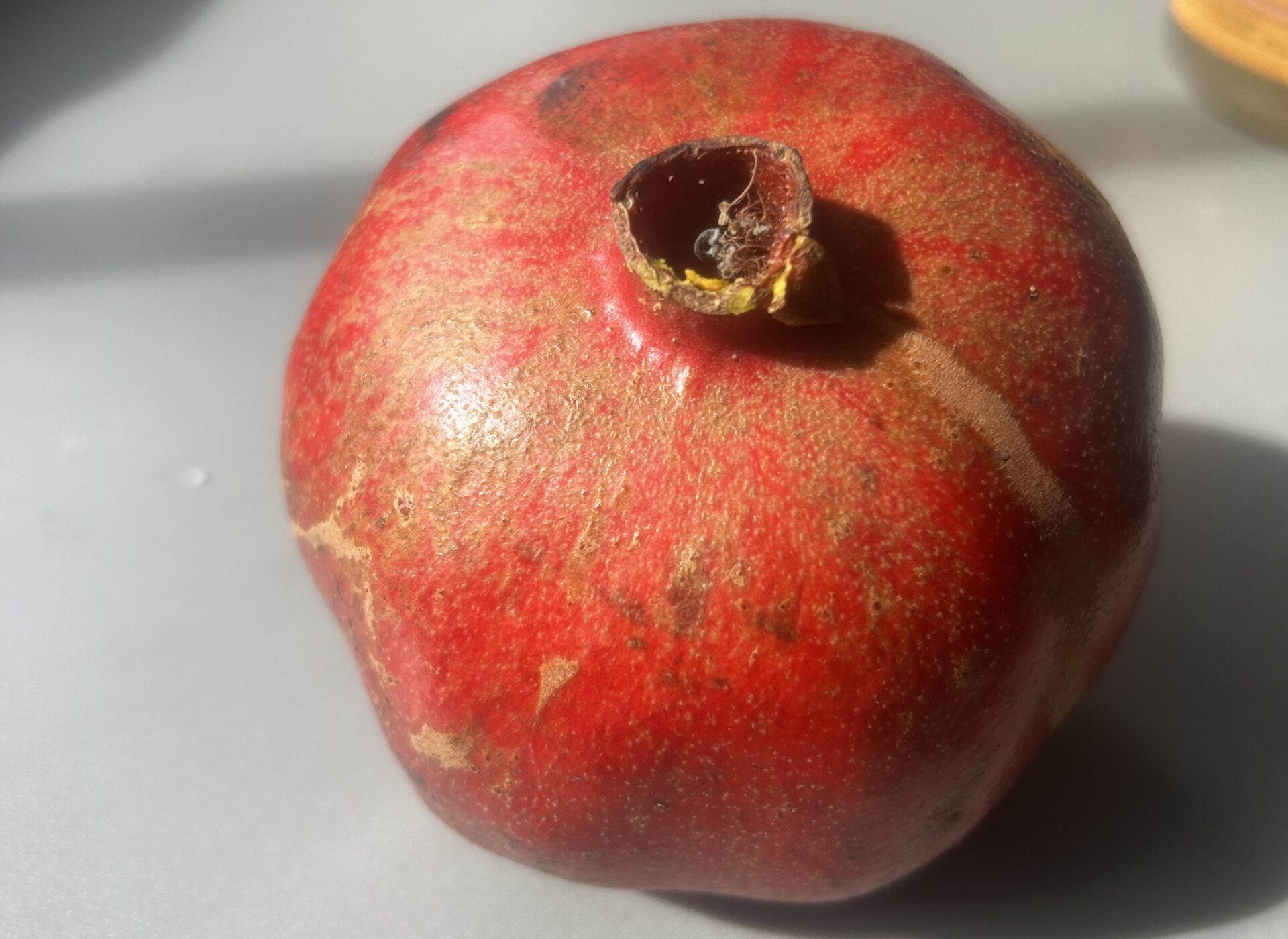Let’s touch on a major blind spot in how we interpret what comes out of the skin.
In animals, especially in veterinary or farm settings, it’s common knowledge that parasites can exit through the skin. When they do, it’s acknowledged for what it is. A bump with a tiny hole might be checked for a larva. A blister or oozing sore might be lanced to release a cutaneous parasite. Even black specks are sometimes seen as waste from mites or larvae.
But when the same kinds of things happen in humans?
They get renamed.
Reframed.
Dismissed.
A pimple-like bump with a hole might be written off as acne. A weeping sore might be treated as herpes or staph. If something black or stringy emerges from the skin, it’s often called a keratin plug or cosmetic debris. Worm-like movement under the skin? That’s often dismissed as nerve sensitivity or worse, delusion. Even large lumps or cysts, which might be encysted parasites in an animal, are typically labeled “sebaceous cysts” or “lipomas” in humans, rarely tested, and almost never questioned.
In short: animals get diagnosed. Humans get dismissed.
Why the Disconnect?
There are a few key reasons this happens:
Cultural taboo.
Parasites carry heavy stigma. In the West, they’re associated with poverty, filth, or “other countries,” so there’s a denial reflex. The idea that something could be living inside us is uncomfortable, so it gets pushed away, emotionally and medically.
Medical gaslighting.
Doctors are trained to assume parasites are rare in developed countries. But that assumption ignores global travel, weakened immune systems, antibiotic damage, processed diets, and the rising disconnection from soil and natural microbial exposure. In reality, parasites are not rare, they’re simply under-recognized.
Profit and convenience.
It’s easier to sell acne cream than to investigate what’s causing recurring pustules. It’s more convenient to diagnose IBS than to explain parasite die-off in the gut. Changing the narrative would mean shifting diagnostic protocols, revising pharmaceutical strategies, and admitting there’s more to the story. That’s expensive and disruptive.
So Yes. Some of What You See May Not Be What You Think
That pimple that bursts with odd white specks or stringy black material…
That rash that doesn’t behave like a normal breakout…
That “purge” that feels like more than just detox…
It might not be cosmetic.
It might not be “just your skin adjusting.”
It might be a minor parasite exit, one that deserves to be seen for what it is.
You’re Not Dirty. You’re Detoxing.
Parasites aren’t a moral failure. They’re part of nature, part of the body’s story and when the body finally has the strength and rhythm to push them out, it should be honored, not hidden.
So if something strange is surfacing during your cleanse, look closer. It might not be just a pimple.
It might be progress.
















Leave a Reply